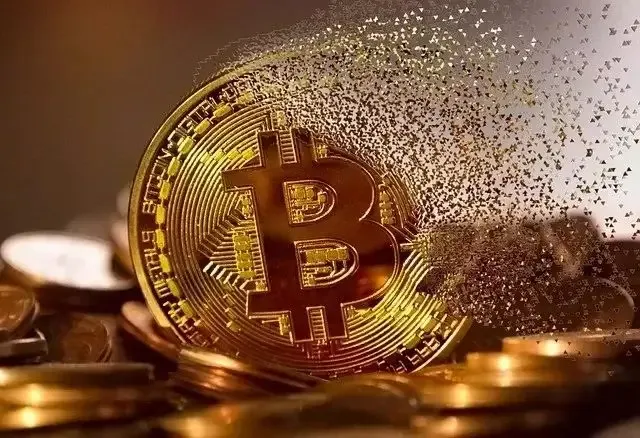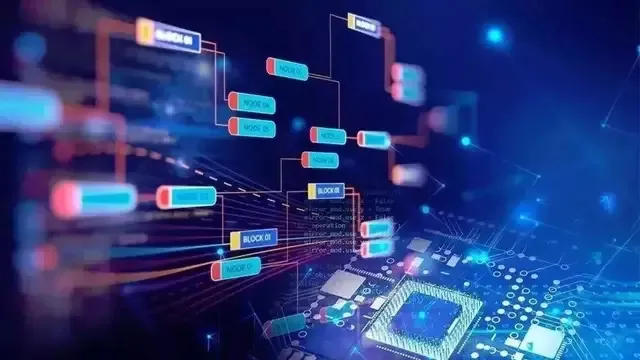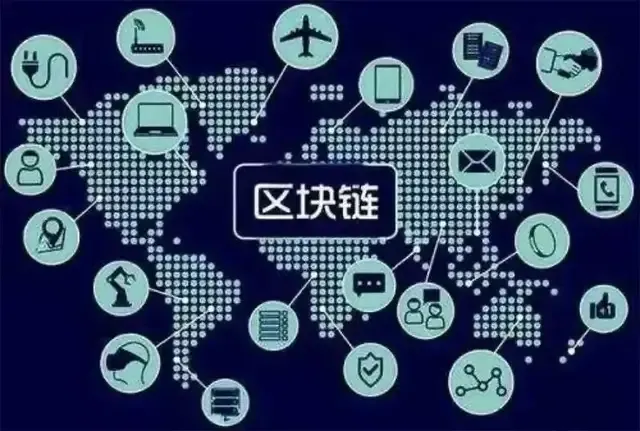During this time, it is estimated that you have read a lot of interpretations about the application prospects of the blockchain, and may have pondered the trend of some blockchain concept stocks.
But if you don't guess wrong, you may still not know what the blockchain is.
Today, let's start from the moment when the blockchain falls to the ground, and make it clear and clear.
Mysterious geek genius
Speaking of the blockchain, I have to mention its twin brother, Bitcoin.
Time went back 11 years ago. On November 1, 2008, the world was shrouded in the huge shadow of the financial crisis. On that day, an e-mail sent by a mysterious geek who claimed to be "Zhong Bencong".
Attached to the e-mail is a paper titled "Bitcoin: A Peer-to-Peer Electronic Cash System."
Nakamoto said in an email that he is working on a new electronic cash system that is completely peer-to-peer and does not require any trusted third parties. About half a month later, Nakamoto confirmed the source code of the Bitcoin system.
On January 3, 2009, an interesting invention was born. Nakamoto found the first bitcoin block on the server, which is called the Bitcoin Creation Block. Since then, the Bitcoin system has officially opened.
Having said that, stop and think about how we trade cash in real life.
Suppose you borrowed 10,000 yuan from a friend and promised to pay back a month later. You might choose to use a bank card to transfer money. The bank is responsible for losing 10,000 in your deposit account and 10,000 in your friend's deposit account.
Here, the bank is the institution responsible for accounting. The reason you choose bank transfer is that you believe it is more reliable and will help you transfer 10,000 yuan to your friends.
However, in the digital world, inventing a set of currency is another matter.
Behind the scenes of bitcoin games
Below, let's take a look at how Nakamoto has designed this digital currency game.
First of all, Nakamoto wants to trade directly from point to point, bypassing the bank as a third party.This problem is easy to handle, so there is no bank shackle. Users use a unique mechanism to issue their own currency and trade directly with each other.
But this brings another problem. No bank is responsible for accounting as a reliable intermediary. Users don’t know each other. How can we guarantee that no one is swearing when trading?
For example, in the digital world, electronic files can be easily copied. The digital currency of 10 yuan is changed to 10 pieces by moving the mouse and copying and pasting 10 times.
To solve this problem, we need to provide a mechanism for everyone to trust each other.
The Bitcoin system uses a method in which all transactions are recorded in an open and transparent manner in chronological order. These records are permanent and cannot be tampered with. This way there is no way to do something sneaky.
With these mechanisms, the Bitcoin system has worked successfully.
This system stores data in units of data blocks, which is a block. About every 10 minutes, new blocks will be added. Each block records the detailed transaction process of Bitcoin with a timestamp. Different blocks are connected in chronological order by an algorithm. This is the chain.
Together, they are called "blockchains".
In this way, the blockchain took root with the birth of Bitcoin. If Bitcoin is the star of the stage, the blockchain is the behind-the-scenes hero responsible for providing trust in the underlying technology.
New changes in bookkeeping
Although behind the scenes, the talent of the blockchain was quickly discovered.
In technical terms, blockchain is a distributed ledger technology. To understand it, let's take the simplest example.
Suppose your home is like this: You and your father and mother each have a book, and you each record their own expenses. At the end of each month, you can count the total family expenses.
But Dad likes to buy cigarettes, mom likes to buy cosmetics, you like to buy snacks, you may intentionally or unintentionally keep a few notes, and sometimes will be altered on the books. Therefore, when the book is checked at the end of the month, it is always a little different from the actual expenditure at home.
In order to change this situation, you have re-purchased a new account book. You and your father and mother together use a new account book to keep accounts, and remind each other, supervise, and check each expense together.
At the same time, you also agree that once the cost check is clearly recorded, it will not be altered or deleted. After trying for a few months, you find that this common ledger is more consistent with the actual expenses at home.
The blockchain is the second way of accounting. The little story above tells us that it has at least some great strengths or benefits.
First of all, it is decentralized. The database that was previously maintained by a single party has become a common maintenance by many parties. Everyone writes data together by consensus. No one can control the data alone.
Secondly, it allows everyone to change from accounting to common accounting, which brings consistency and transparency.
In addition, the blockchain only allows data to be written, and deletions and modifications are not allowed, which prevents data from being spoofed.
Mutual trust between strangers
In reality, many scenarios are much more complicated than how to keep accounts at home. Moreover, most of the links in financial transactions and business processing are operated by people who are not familiar with each other. How can we trust each other?
This is the turn of the blockchain. Don't forget, it provides a mechanism for everyone to trust each other from the underlying technology.
In fact, there are many scenes around us that use blockchains.
For example, when you go to the vegetable market to buy things, you may be worried about whether fish, shrimp and vegetables are safe. Some companies have seen business opportunities and moved data from farmers and fish ponds to the blockchain. This way you can know which fish pond you are buying from, and you will be more reassured.
For example, friends often have links to fundraising for seriously ill patients. When you donate, you may have some concerns: Is the patient's condition real? Can the donation really be delivered to the patient?
In order to eliminate these concerns, some Internet charities have used blockchains to let you clearly see the steps to use the donations. If the review reveals that the patient's condition is not true, the blockchain system will automatically return the donation to your account.
In the future, what changes can the blockchain bring to our lives?
It is conceivable that when the blockchain is widely used in various fields of society, it will become an important infrastructure in the information age and can solve many of the problems that are currently causing us headaches.
For example, the blockchain will make the islands of countless information "chained" together. It is not necessary to repeat the inspection because of changing a hospital. Entrepreneurs do not have to run multiple departments in order to run a formality; many transactions no longer require third-party guarantees, consumers. No longer worry that the deposit cannot be returned, the creator does not have to worry about theft of the work but nothing to gain...
Blockchain that was born 10 years ago,
What kind of new world will be opened up in 10 years?
The iceberg is only a corner,
Let's continue to look forward to!